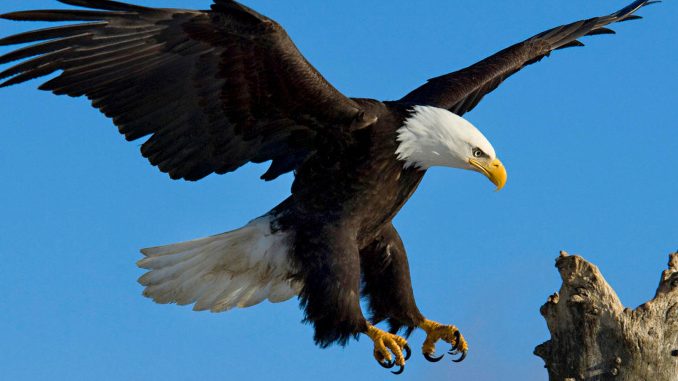
Drones are actually remote-controlled aircraft that fly unmanned. They were originally designed for military uses in reconnaissance and intelligence thanks to their on-board cameras. Nowadays, drones are widely used in the civil field such as industry, agriculture, safety and prevention, urban logistics, art and culture. Companies such as SNCF and EDF use drones to inspect the railways and the electricity network.
Faced with the rise in the use of recreational drones, regulations have been created. We distinguish regulations on the private side and security side, for the private side, recreational drones equipped with on-board cameras are reserved strictly for professionals and for the security side, it is forbidden to fly a drone near airports, to fly over people or public spaces as well as hospitals, prisons, nuclear power plants and airports. Recreational drones are allowed to fly at a height of 150 meters above sea level and only by day. In France, all the rules that must be respected by the user of a civil drone have been stated by the General Directorate of Civil Aviation.
Despite these regulations, civilian drones were seen flying over nuclear power plants, private areas, prisons and the Elysée Palace. A drone even grazed a plane while landing at Roissy airport. In the United States, drones that graze airplanes are more and more frequent. For example, in Los Angeles, a civilian UAV has even touched an A380 plane landing at 1500 meters altitude. Civilian drones even flew over the restricted airspace around the White House. In Japan, a drone has even been used to carry a small amount of radioactive sand.
Should we be afraid of drones?
I do not think we must be afraid of drones, they are quite noisy gear, have a low autonomy (about fifteen minutes) and can only carry a hundred grams of charges. The risk is rather on the gathering of information by criminals because they can use drones to make reconnaissance flights over sensitive sites.
In the professional field, civilian drones are useful for mapping or saving people by locating them in hard-to-reach areas. However, even with regulation, this will not prevent a malicious person from mishandling civil drones. Unmanned aerial vehicles can therefore pose risks related to security and privacy.
The awareness of these risks related to the drone is still new. We should therefore develop solutions to detect and neutralize drones. Several tracks can be considered:
- Intercept the drone by various means such as sending nets, weapons, or eagles
- Take action on wifi, 3G or radio frequencies to control the drone or make it out of service
- The laser to shoot down the drone
In the United States, police can use their weapons to shoot civilian drones.
In the Netherlands, they use eagles to intercept civilian drones, it’s a low-tech solution for a high-tech problem. They use the hunting instinct of eagles to intercept and neutralize drones.



Be the first to comment